✓ Joining us on our Whatsapp Channel: 💬 Explore and Escape!.
Booking through us:
✓ 🏩 🛌 Handpicked Luxury Stays in Budget: Booking.com | Agoda.com
✓ 🍹⛱️ Deals on Private xfers, SIM Cards, City tours, Day trips : 📍🗺️ GetYourGuide | 🛵🧳 Klook
If you have done the things to do in Japan, you’d know there are quite a few of them here in Aomori.
Nestled in the northernmost tip of Honshu, Aomori is a gem waiting to be discovered, with its idyllic landscapes, cultural delights, and heartwarming hospitality.
Without further ado listed below are some of the most fun things to do in Aomori:
1. Hirosaki Castle
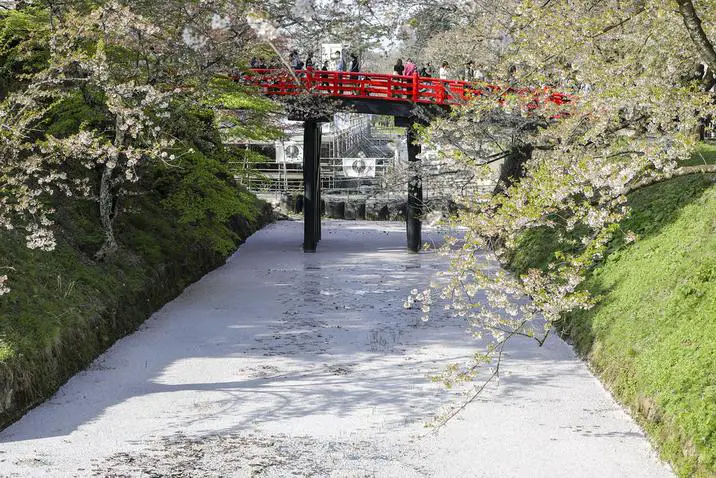
Hirosaki Castle is a picturesque castle located in Hirosaki City, Aomori Prefecture, Japan.
Built in the early 17th century, the castle is a fine example of traditional Japanese architecture and is surrounded by a beautiful park.
What to see or do: Visitors can explore the castle’s three-story keep, which has been beautifully restored to reflect its original splendor.
The castle’s grounds are also a popular attraction, particularly during cherry blossom season in the spring when the area is awash with the beautiful pink flowers.
Don’t miss: Be sure to check out the castle’s carefully maintained moats, which were once used as a defense mechanism against invaders.
There are also several other historic buildings to explore within the castle’s grounds, including a samurai residence, a temple, and a shrine.
Insider travel tips: For the best views of the castle, take a walk around the moats. Visitors can also rent a boat and take a leisurely paddle around the castle.
Don’t forget to buy some local apple products, which are a specialty of Aomori and can be found in various shops around the castle.
2. Nebuta Festival Museum
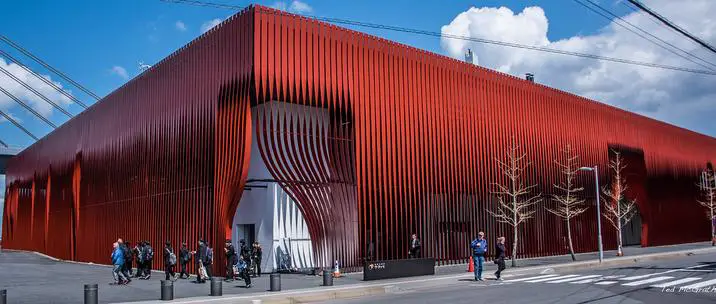
Nebuta Festival Museum showcases the famous Nebuta Festival, a summer festival in Aomori that draws in millions of people every year.
What to see or do: Visitors can watch a video of the Nebuta Festival and see the handmade floats up close. The museum also has interactive exhibits that allow you to experience the festival through virtual reality.
Don’t miss: The highlight of the museum is the large indoor space where the splendid floats are displayed all year round. You can see the intricate details of these illuminated works of art and learn about the tradition of the festival.
Insider travel tips: Buying a ticket at the museum also allows you a free entrance to the parallel-wing art gallery, which displays unique traditional Japanese art.
The museum is closed on Tuesdays. During the Nebuta Festival season (August 2-7), you can also experience the festival firsthand in the streets of Aomori.
3. Lake Towada
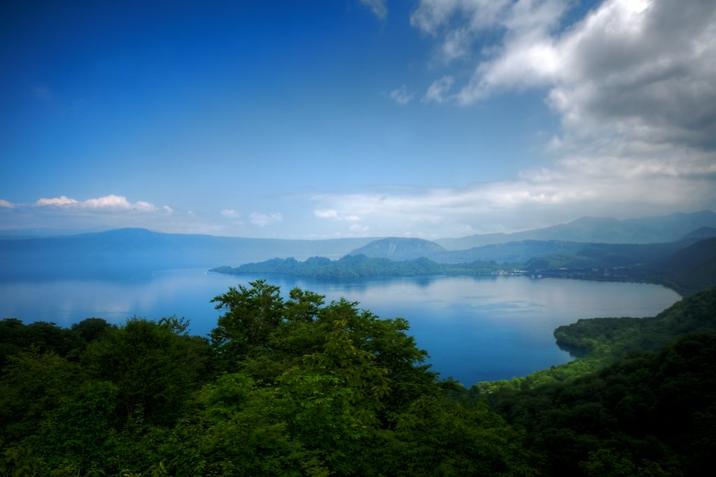
Lake Towada is a stunning crater lake located in the northern region of Honshu Island, Japan.
What to see or do: Visitors can enjoy a range of outdoor activities, including hiking along the lake’s scenic trails, boating, and fishing. During the autumn season, the changing colors of the leaves surrounding the lake are a popular attraction.
Don’t miss: One of the highlights of visiting Lake Towada is seeing the Oirase Stream, which flows out of the lake and through a picturesque gorge.
Another must-see is the statue of the “Maiden of Towada,” a beloved local legend.
Insider travel tips: Take a ferry ride across the lake to get a different perspective of the area’s natural beauty. It’s also recommended to visit early in the day to avoid crowds and catch the morning mist over the lake.
Additionally, be sure to try local dishes like the “Towada soup curry,” a specialty curry dish unique to the area.
4. Hakkoda Mountains
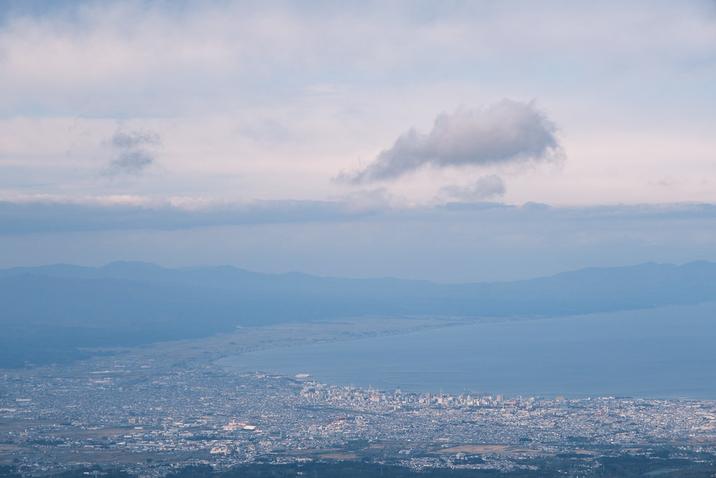
A mountain range located in the southern part of Aomori Prefecture, Japan.
What to see or do: Enjoy the beautiful scenery during all seasons, especially the winter with deep powder snow. Visitors can go skiing, snowboarding, snowshoeing, and hiking.
Don’t miss: The stunning panoramic view from the summit of Mt. Odake.
The snow monsters or “juhyo” in Japanese, formed by the freezing of snow and ice, are also a must-see in winter.
Insider travel tips: To fully enjoy the Hakkoda Mountains, it is recommended to go with a guide, especially for those who are not experienced in hiking or skiing.
It’s also important to be prepared for the harsh winter weather conditions by wearing appropriate clothing and gear.
5. Aomori Bay Bridge
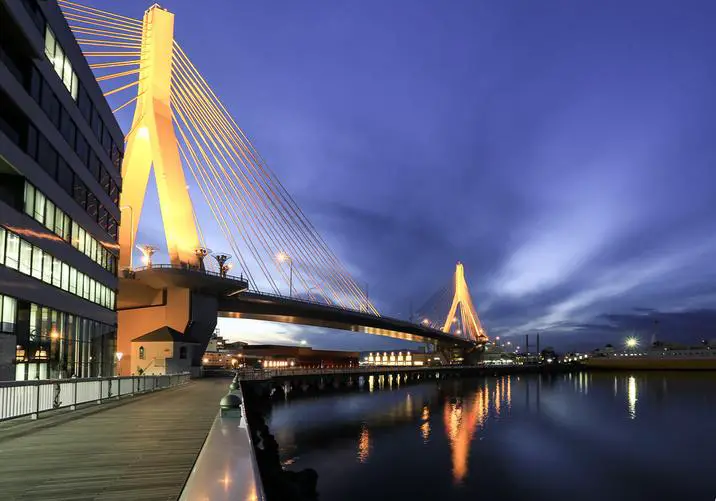
The Aomori Bay Bridge is a stunning suspension bridge that spans across the Mutsu Bay, connecting the city of Aomori to its northern suburbs.
What to see or do: Take a leisurely walk along the pedestrian walkway of the bridge and enjoy the picturesque views of the bay, Mount Hakkoda, and the city skyline.
Don’t miss: The illuminated night view of the bridge that reflects onto the bay is a sight not to be missed.
Insider travel tips: Check the weather forecast before visiting the bridge as it can be closed during times of strong wind or rough seas.
Also, consider visiting during the summer months when the bridge hosts a spectacular fireworks festival.
6. Shirakami Sanchi Nature Park
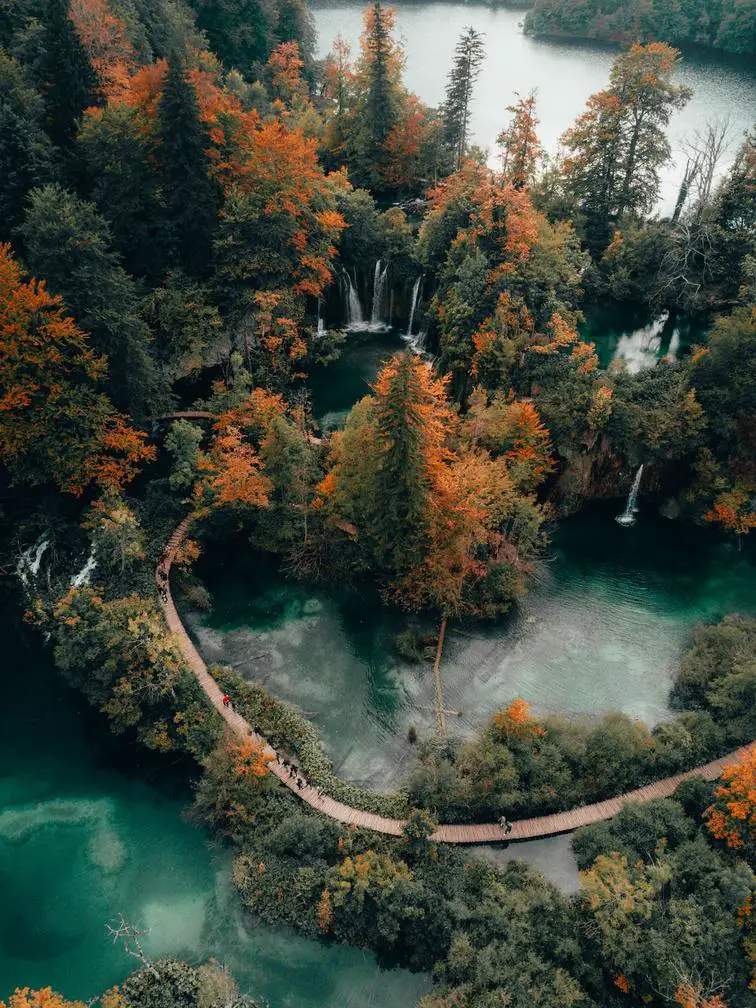
Shirakami Sanchi Nature Park is a UNESCO World Heritage site located in the northern part of Honshu Island, Japan.
It is a protected area that covers a vast expanse of pristine forest and is home to many rare flora and fauna.
What to see or do: The park offers many hiking trails that allow visitors to immerse themselves in the natural beauty of the forest. The Anmon-no-taki waterfall and the Nishi-nurumugi nature trail are popular attractions that offer breathtaking views of the landscape.
The park is also home to the last remaining virgin beech forest in Japan, which is a must-see.
Don’t miss: A trip to Shirakami Sanchi Nature Park would be incomplete without experiencing the traditional Ainu culture.
The Ainu people are the indigenous people of Japan, and they still live in the area and share their traditional lifestyle with visitors.
Insider travel tips: The best time to visit the park is during the autumn season when the leaves change color.
7. Sannai-Maruyama Site
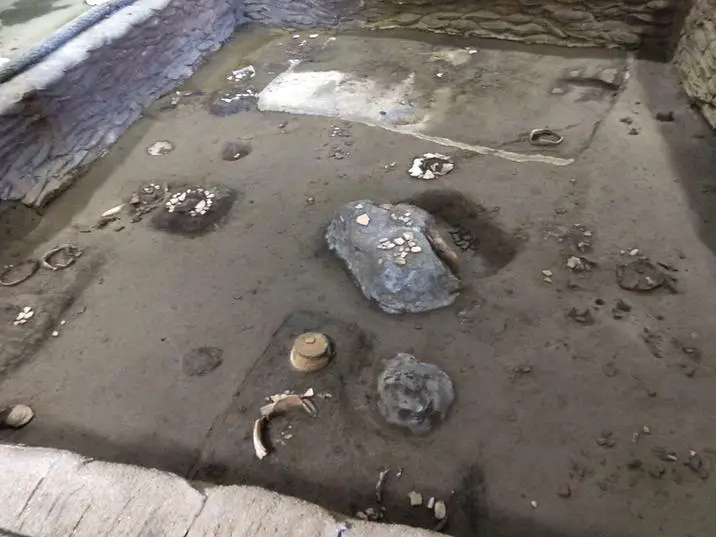
A large village site from the Jomon Period, dating back over 5,000 years ago in Aomori, Japan.
What to see or do: Visitors can walk around the remnant foundations of the ancient houses, kitchens, and storage areas, and see artefacts such as pottery and jewellery used by the Jomon people.
The site also has informative displays that provide visitors with insights into the daily life of the Jomon people.
Don’t miss: The famous pit dwellings that have been reconstructed on the site. These dwellings provide a unique insight into the housing structures of the Jomon people.
Insider travel tips: The Sannai-Maruyama site is located on the outskirts of Aomori city, Japan. It can be reached by bus from the city center.
Make sure to visit the on-site museum which displays some of the important artefacts found on the site and gives a more comprehensive overview of Jomon culture and society.
Also, be sure to wear comfortable shoes as the site requires a lot of walking.
8. Oirase Stream
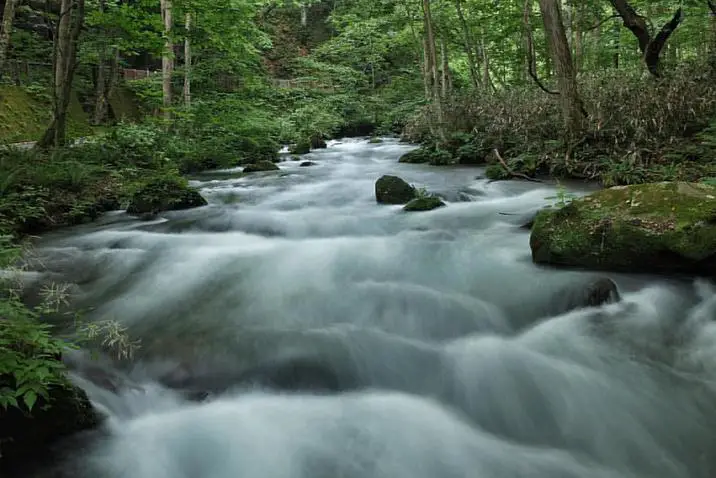
Oirase Stream is a stunning and serene river that runs through the Aomori prefecture in Japan.
What to see or do: Visitors can enjoy a leisurely hike along the Oirase Stream for breathtaking views of the crystal-clear water and lush greenery.
The trail is approximately 14 kilometers long, and there are various spots along the way to take a break and snap photos.
Don’t miss: The Kumoi no Taki waterfall, which cascades from a height of 20 meters into a picturesque pool, is a must-see.
Insider travel tips: – The best time to visit is during the autumn months (October to November) when the leaves of the surrounding forests turn into a vibrant red and gold color.
9. Aomori Museum of Art

The Aomori Museum of Art is a contemporary art museum located in the city of Aomori, Japan.
What to see or do: The museum features a diverse collection of modern art, including works by local artists as well as internationally renowned figures. Visitors can enjoy exhibitions on a variety of themes, spanning painting, sculpture, and multimedia installations.
Don’t miss: One of the museum’s standout features is its collection of works by Yoshitomo Nara, a renowned Japanese artist known for his playful and subversive style.
Fans of his work won’t want to miss the extensive display of Nara’s paintings and sculptures at the museum.
Insider travel tips: The museum is conveniently located near Aomori Station and can be easily reached by train.
Visitors should be sure to check the museum’s website for information on upcoming exhibitions and events, as the schedule is subject to change.
Additionally, the museum offers discounts for students and senior citizens, making it an affordable destination for art lovers of all ages.
10. Tsugaru-han Neputa Village
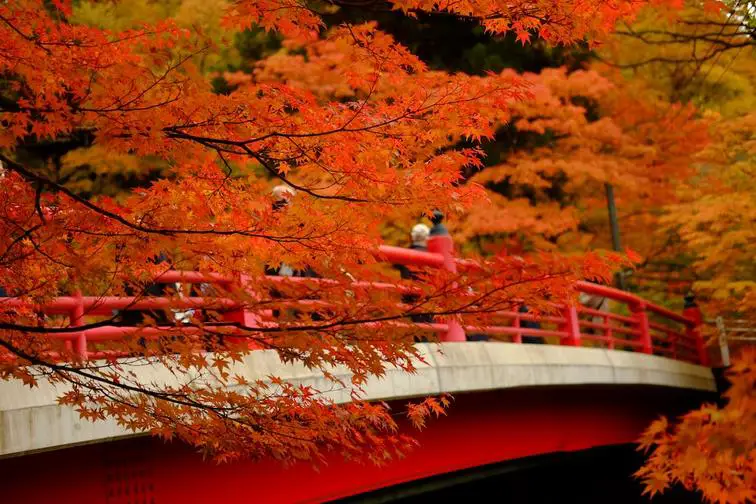
Tsugaru-han Neputa Village is a museum dedicated to the Neputa festival, a traditional Japanese summer festival held in Aomori.
What to see or do: Visitors can admire various Neputa floats, which are painted with vibrant images of historical and mythical figures.
There are also interactive exhibits where visitors can try their hand at playing the taiko drums, a traditional Japanese percussion instrument.
Don’t miss: The highlight of the museum is a Neputa show, which is performed daily during the summer months. The show features musicians, dancers, and performers parading the floats around the museum grounds.
Insider travel tips: – The museum is open year-round, but the Neputa shows are only held during the summer months.
11. Asamushi Aquarium

Asamushi Aquarium is a popular marine life attraction located in Aomori, Japan. The aquarium boasts a wide variety of fish and sea creatures from the Pacific Ocean, making for an unforgettable experience.
What to see or do: Visitors can explore 60 different types of marine life, including exotic fish, crab, and turtles at the Asamushi aquarium.
The aquarium also has a giant tank with a walk-through tunnel that lets you observe fish and other sea creatures up close and personal.
Don’t miss: Make sure to catch the penguin feeding show and the seal performance, both of which are incredibly fun and entertaining for visitors of all ages.
In addition, Asamushi Aquarium is known for its unique jellyfish exhibition, which is a must-see.
Insider travel tips: If you want to avoid the crowds, it’s best to visit during weekdays. Visitors can take advantage of the onsite restaurant and souvenir shop for a complete experience.
Lastly, don’t forget to bring an extra layer of clothing as the aquarium can be quite chilly.
12. Aoimori Railway

A scenic railway in Aomori, Japan, known for its breathtaking views of nature and mountain landscapes.
What to see or do: Take a relaxing train ride through the beautiful countryside of Aomori, passing by lush forests, stunning rolling hills, and tranquil lakes.
Along the way, admire the stunning sights of Mount Iwaki and the stunning Tsugaru Plain.
Don’t miss: The Tsugaru Railway Stove Train, where passengers can enjoy a delicious meal cooked using a retro-style stove while taking in the views of the countryside.
Also, try to spot the famous blue train, which is decorated with images of the local Nebuta Festival.
Insider travel tips: Book your tickets in advance, especially during peak travel times.
Don’t be afraid to chat with the friendly locals on the train, who are always happy to share information and tips on the best spots to visit in the area.
Finally, be sure to keep your camera handy to capture all the breathtaking views along the way.
13. Munakata Shiko Memorial of Art

The Munakata Shiko Memorial of Art is a museum dedicated to the work of Munakata Shiko, a famous woodblock print artist.
What to see or do: Visitors can explore the museum’s impressive collection of Munakata’s works, including woodblock prints, sketches, and paintings. The museum also features rotating exhibits from other artists.
Don’t miss: Be sure to check out Munakata’s stunning “Waterfall” woodblock print, which is on permanent display at the museum. Also, explore the tranquil Japanese garden located behind the museum.
Insider travel tips: If you’re interested in learning more about Munakata’s artistic process, sign up for a woodblock printing workshop at the museum. And before you leave, stop by the museum shop to pick up a unique art souvenir to take home.
14. Seiryu-ji Temple
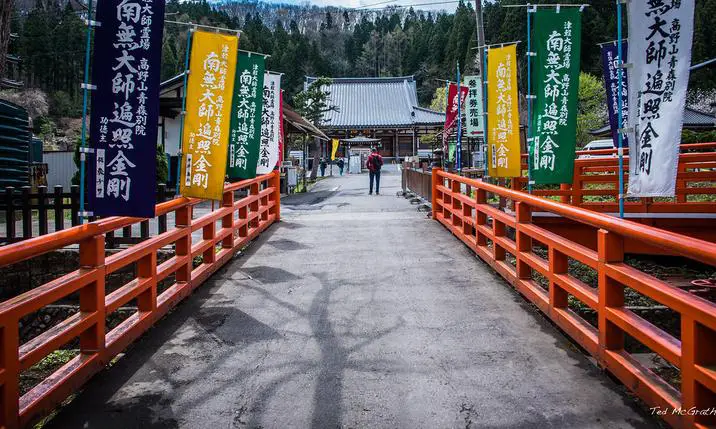
Seiryu-ji Temple is a Zen Buddhist temple located in Aomori, Japan.
What to see or do: Visitors can stroll through the serene temple gardens, admire the traditional Japanese architecture of the buildings, and participate in meditation or other spiritual activities.
Don’t miss: The temple’s unique feature is “Buddha’s head”, a rock formation resembling Buddha’s head, is said to have healing powers.
Insider travel tips: Wear comfortable shoes and clothing as the temple grounds involve a lot of walking and climbing stairs. Visit during autumn when the maple leaves turn vibrant shades of red and orange, making for a stunning sight.
15. Sukayu Onsen

A traditional hot spring resort located in Aomori, Japan.
What to see or do: Take a dip in the famous Sukayu Onsen outdoor bath, one of the largest in Japan, and enjoy the natural beauty of the surrounding Hakkoda Mountains.
Don’t miss: The Ashiyu footbath, where you can relax and soothe your feet while taking in the stunning scenery.
Insider travel tips: Bring your own towels and toiletries, as they are not provided at the onsen. Try to visit during the weekdays to avoid crowds.
If you are feeling adventurous, take a hike in the Hakkoda Mountains before or after your onsen experience.